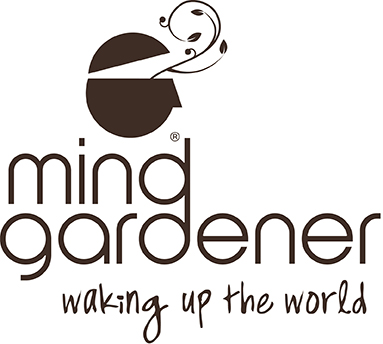Today’s leaders are living and leading in unprecedented times. Never before has a generation of leaders been required to navigate the level of complexity, uncertainty and change, and it’s escalating fast. Modern day leaders are writing the text books (in fact the history books) and paving the new way as they walk it.
There has been a dramatic change in the business environment over the last two decades. The first shift coincided with the time I was leaving university and entering the workforce. It’s only now that I realize how fortunate I am to have experienced the “old days” - the days where your workload was dictated by a wooden intray. Upon arriving at work, your manager had filtered information from their manager and above, and sitting in your tray was five priorities for the week. You could focus, dive deep and give these priorities the attention they deserve without being concerned that the ding of a phone or email could divert you to ten other places. Fast forward twenty years and the average leader is required to process the equivalent of 174 newspapers a day and stress, overwhelm and information overload are common companions. Back then meetings were a “special occasion” - something worthy of dusting off your jacket. They signified a sense of excitement and importance. A couple of decades later and the majority of leaders spend 90% of their time in an average week not inspiring and visioning, but running between back to back meetings. And there has been a significant shift in business planning too. You could easily develop a business plan in the 90s and keep it safe in your top drawer in the knowledge that not much would change or need to be revisited. Today there is change in the business environment before the ink dries on the Plan.
But perhaps one of the biggest shifts has been in people and culture. When entering the workforce two decades ago I perfected the art of being a follower. Regardless of what I thought of my leader, they deserved respect and I approached each day with the mindset of “how can I please you today?” They knew everything, held onto information I didn’t have and their position in the hierarchy was automatically a rite of passage. When I became a leader I was excited by the fact that I had “arrived” and would also have these priveleges. This illusion was shattered when in my first meeting with a staff member they opened the conversation with the statement “Just to let you know I don’t agree with the concept of a boss. And by the way if you come around to my desk on a Friday afternoon and I’m not there, it’s because I’ve already achieved all my outcomes for the week and have gone home!”
It was one of the first signs that people had different expectations and were wanting to be engaged in different ways. They were seeking meaning and if they didn’t get it, there were other options. In the last couple of decades people have become more educated and empowered than ever before. Leadership in the past relied on knowledge, expertise, information and hierarchy but the future needed adaptability, presence, the ability to navigate past information overload to what’s important, and the ability to switch people on in novel ways.
The most important questions that leaders asked themselves in the 1990s were:
1. Do I have all the answers? (or at least know more than the people I am leading)
2. Do I have more information than the people around me and how can I use that to influence?
3. Am I an expert and how can I use that to bring more power?
4. Where am I in the hierarchy and how can I use that to get what I want ?
5. What controls can I put in place so people deliver what’s expected?
The digital age opened communication channels. Information was available to everyone, social media was a faster channel for updates than your manager, and expertise was only one TED talk away. Many of the things leaders relied upon were now gone. All that leaders ultimately had to rely on was themselves. A new set of guiding questions emerged.
1. What do I stand for? What’s my cause and how can I inspire people to want to follow?
2. Would I want to be led by me? Am I being the person people would want to follow?
3. Do I have the courage to go first in a changing and complex environment where I write the rules as I go?
4. What do I need to let go of from the old way to embrace the new ?
5. How can I switch people on through creating meaning and engagement?
Whether you label the significant shift the digital age, the fourth industrial revolution or the age of Aquarius, one thing we know for sure - we are leading in times of great change. Leadership has become as much about an internal pursuit as it has an external achievement. And it’s only the leaders who ask the right questions who will have the ability to thrive. The old ways won’t open the new doors no matter how hard you knock. But there are some factors that can illuminate another path. Find out more about these factors at our Conscious Leadership Program and why it’s been described by a participant as “the best leadership program I have attended in 30years.” Click here for more information.
© Mind Gardener Pty Ltd. All rights reserved. You are welcome to quote from or link to this post as long as you attribute it to Susan Pearse & Martina Sheehan and include a clear link back to this original blog post. Please contact us for approval for any other particular uses or references.

